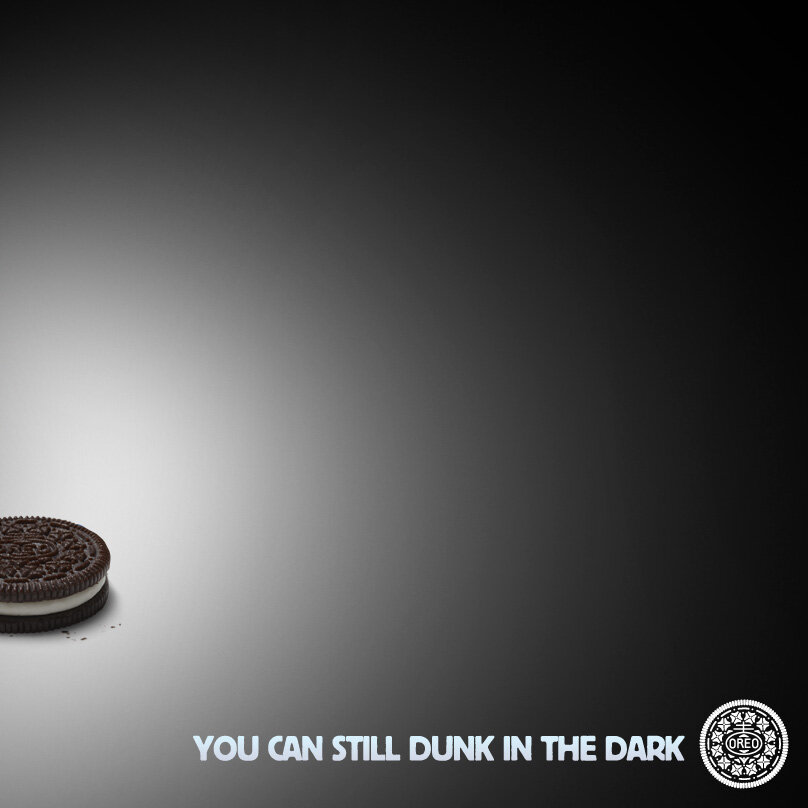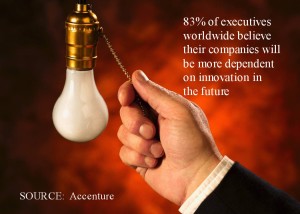We hope your 2021 is exceeding expectations and you’ve created a strong plan for 2022 to grow faster. As most of you are, or are approaching, completing your 2022 Plan, here’s a checklist to make sure you’re ready for a killer 2022!
2022 Annual Plan Checklist
1. Develop a Written, Market Based Growth Plan Carefully
- Analyze and segment your customer and consumer base, prioritize by growth potential
- Understand what your customers’ unmet needs and why they will choose your superior product or service
- Build a strategy that leverages your business model: market opportunities, your core competencies and where you are most profitable
2. Widely Communicate Your Growth Strategy
- Summarize your 3-5 Key Growth Strategies, based on factual analysis (e.g. channels, products/services)
- Growth Priorities should be quantified and clearly communicated throughout your company and key constituents (e.g. suppliers) so everyone understands them and is aligned
- Innovation should be among your top priorities; have clear parameters (fertile areas in which to innovate) to provide direction
3. Have, or Get, the Right Accountable Team
- Have accountable talent who can lead and drive respective pieces of the growth strategy
- Have strong and clear inter-department communication and processes
- Have the right talent who can produce; commit to coach up, outsource for, or dismiss those who can’t
4. Execute with Cross-Functional Precision
- Have clear leadership, accountability and measurement of top initiatives
- Maintain ongoing cross-functional leadership and communication to keep key initiatives on track
- Track key programs quantitatively and refine them based on in-market learnings
5. Deploy Effective and Efficient Marketing
- Marketing should identify and drive consumer and marketing growth opportunities
- Marketing should develop and lead a clear marketing strategy that directly ties to growth strategy Your brand positioning(s) should be clear, consistently communicated.
- Your marketing communication and R&D efforts should consistently strengthen your superiority
- All major programs should be on strategy, measurable, optimized across multiple media, and provide measurable return-on-investment
6. Drive Productivity… Everywhere
- Set ambitious, achievable productivity goals (cost reduction/efficiency). $1 in productivity > $10 in new sales
- Challenge each function to develop specific, measurable, cash-saving (not conceptual) programs; drive wide participation
- Celebrate, publicize, and reward best programs. This creates a ripple effect for more productivity









